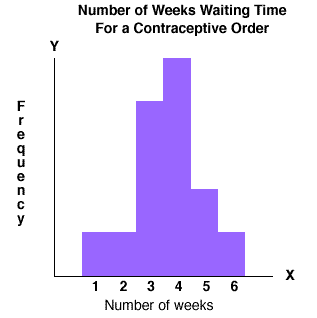 This is a star plot of crime rates in the US taken from: http://www.math.yorku.ca/SCS/Gallery/images/starcrim2.gif
This is a star plot of crime rates in the US taken from: http://www.math.yorku.ca/SCS/Gallery/images/starcrim2.gifThe star plot is a way of displaying multivariate data. Each observation is represented as a "start" and the length of the rays are made in proportion to the size of that variable.
















































